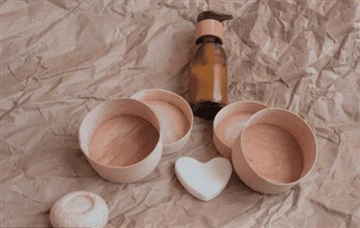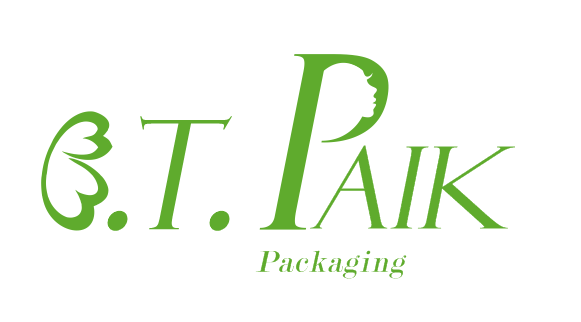Types Of Eco-friendly Cosmetics Packaging To Consider
2023-04-24View:
Types Of Eco-friendly Cosmetics Packaging To Consider
Many cosmetics, skincare, and hygiene products — from deodorants to facial creams and lipsticks — are packaged in plastic. If your brand wants to offer sustainable solutions, here are some materials to consider:

1. Bamboo
Bamboo packaging looks sleek and expensive but is eco-friendly. It’s also considered to be renewable because it’s derived from a plant that thrives easily. In addition, the bamboo sheath makes for lighter and more portable packaging, while the plant itself is great for creating durable containers.
2. Silicone
Silicone comes from silica, the principal component of sand. It’s similar to plastic in the sense that it doesn’t decompose. However, it’s reusable and doesn’t release toxic substances when reused or in contact with water and soil. It can be used as a heat-resistant, flexible, and long-lasting substitute for plastic bottles.
3. Glass
Sand, soda ash, and limestone are used to produce glass. None of these materials is renewable, but they are plentiful. Additionally, glass containers are pretty easy to recycle. When it comes to cosmetic products, it’s pretty common to see liquid products packaged in brown glass bottles, and glass jars are commonly used to store creams.
4. Metal
Metal containers are easily reusable since they don’t corrode easily. Another benefit is their low melting point, so recycling them requires less energy. The most common materials are aluminum and stainless steel.
Due to the sturdy nature of metals, cosmetic brands can use less of other packaging materials, decreasing the bulk and weight. However, customers might not appreciate the opaqueness of the materials because it makes it difficult to see how much of the product is still left.
5. Biodegradable paperboard and other paper products
Biodegradable paperboard is compostable. After being thrown away, they break down quickly without damaging the environment and living organisms. It’s often used as outer packaging, but some innovative cosmetic manufacturers have begun using it as primary packaging.
Recycled paper makes for an excellent alternative to bubble wrap when packaging orders for delivery. In addition, you can switch from packaging tape and plastic bags to paper tape or stickers and padded mailers to further secure your products while in transit.
6. Other organic materials
Cosmetics packaging is becoming increasingly innovative thanks to advances in technology. New materials such as cornstarch, seaweed, mushrooms, and beeswax have proven to be excellent candidates for sustainable packaging.
Each of these materials has its pros and cons. Suppose cornstarch packaging becomes more common, there’s a possibility it will disrupt the food supply chain. Seaweed packaging works great for liquid-based cosmetics, but it might be better suited for food products because it’s edible.
Beeswax and mushrooms are reusable. Beeswax can substitute plastic, while mushrooms can be magically turned into boxes.
